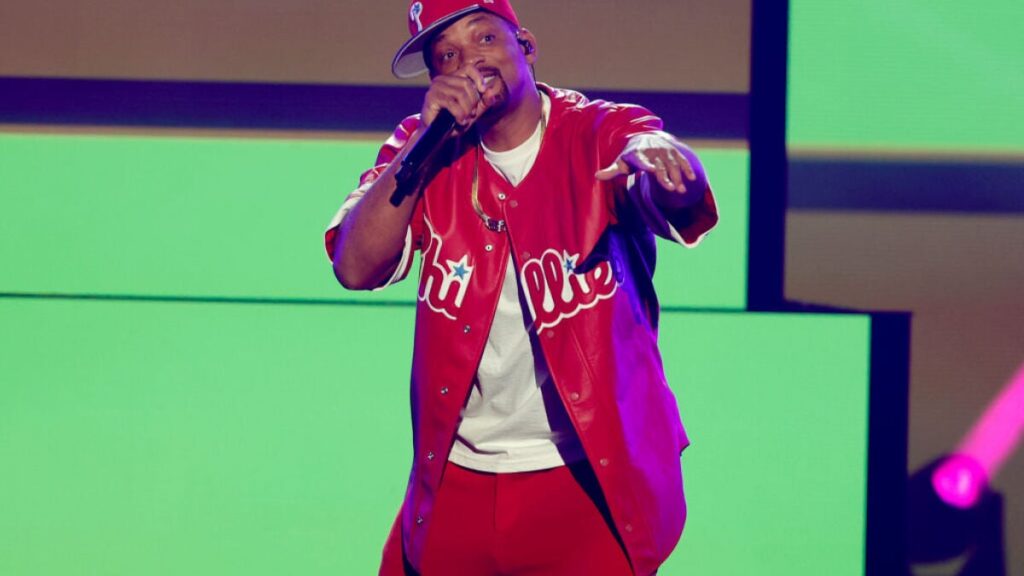
In a surprising twist, a video promoting Will Smith’s latest tour has ignited a debate over the use of AI-generated imagery. The video, shared on Smith’s official YouTube channel, showcases what appears to be live footage of the actor and musician performing his new song “You Can Make It.” However, eagle-eyed viewers have pointed out peculiarities in the crowd, suggesting the use of generative AI.
The video features fans with distorted faces and hands, leading many to believe that the crowd scenes might not be entirely authentic. One viewer commented, “Ok, this guy definitely has a humiliation fetish. No other explanation for releasing a crowd of AI abominations holding up misspelled signs about how he saved their lives.” Another user lamented, “Imagine being this rich and famous and having to use AI footage of crowds and bot comments on your video. Tragic, man. You used to be cool.”
AI in Entertainment: A Growing Trend
This development follows a broader trend in the entertainment industry, where AI technology is increasingly being used to enhance or even create content. The advancement of AI video generators, such as Google’s Veo 3 and emerging platforms like Kling, Pika, and Luma, has made it more challenging to distinguish between real and AI-generated footage.
According to experts, this blurring of lines raises questions about authenticity and the ethical implications of using AI in creative works. “AI is a tool, but it’s also a double-edged sword,” says Dr. Emily Tran, a professor of digital media ethics. “While it can enhance creativity, it can also deceive audiences if not transparently used.”
Public Reaction and Ethical Concerns
The use of AI in Smith’s video has sparked a range of reactions from fans and critics alike. While some view it as a harmless artistic choice, others see it as a potential ethical misstep. The controversy mirrors recent incidents where AI-generated content has been met with backlash.
For instance, rock legend Rod Stewart faced criticism for playing an AI-generated video featuring deceased artists like Ozzy Osbourne and Tupac at a concert. Similarly, journalist Jim Acosta was criticized for interviewing an AI version of a Parkland Shooting victim, raising ethical concerns about exploitation.
“The mainstream adoption of AI-generated videos conjures strong reactions from people,”
notes tech journalist Cecily Mauran.
“It’s not just about feeling deceived; it’s also a question of taste and respect for reality.”
The Future of AI in Creative Industries
As Smith’s tour continues across the UK and Europe, the question remains whether AI-generated elements will become a staple in live performances and promotional materials. The implications of this technology extend beyond entertainment, touching on issues of authenticity, creativity, and ethical responsibility.
Looking forward, industry experts suggest that transparency will be key in navigating the use of AI in creative works. “Artists and creators need to be upfront about their use of AI,” advises Dr. Tran. “It’s about maintaining trust with audiences while exploring new creative possibilities.”
Whether or not the footage in Smith’s video is confirmed to be AI-generated, the controversy underscores the growing influence of artificial intelligence in our digital lives. As technology continues to evolve, so too will the conversations around its role in shaping our perceptions of reality.





